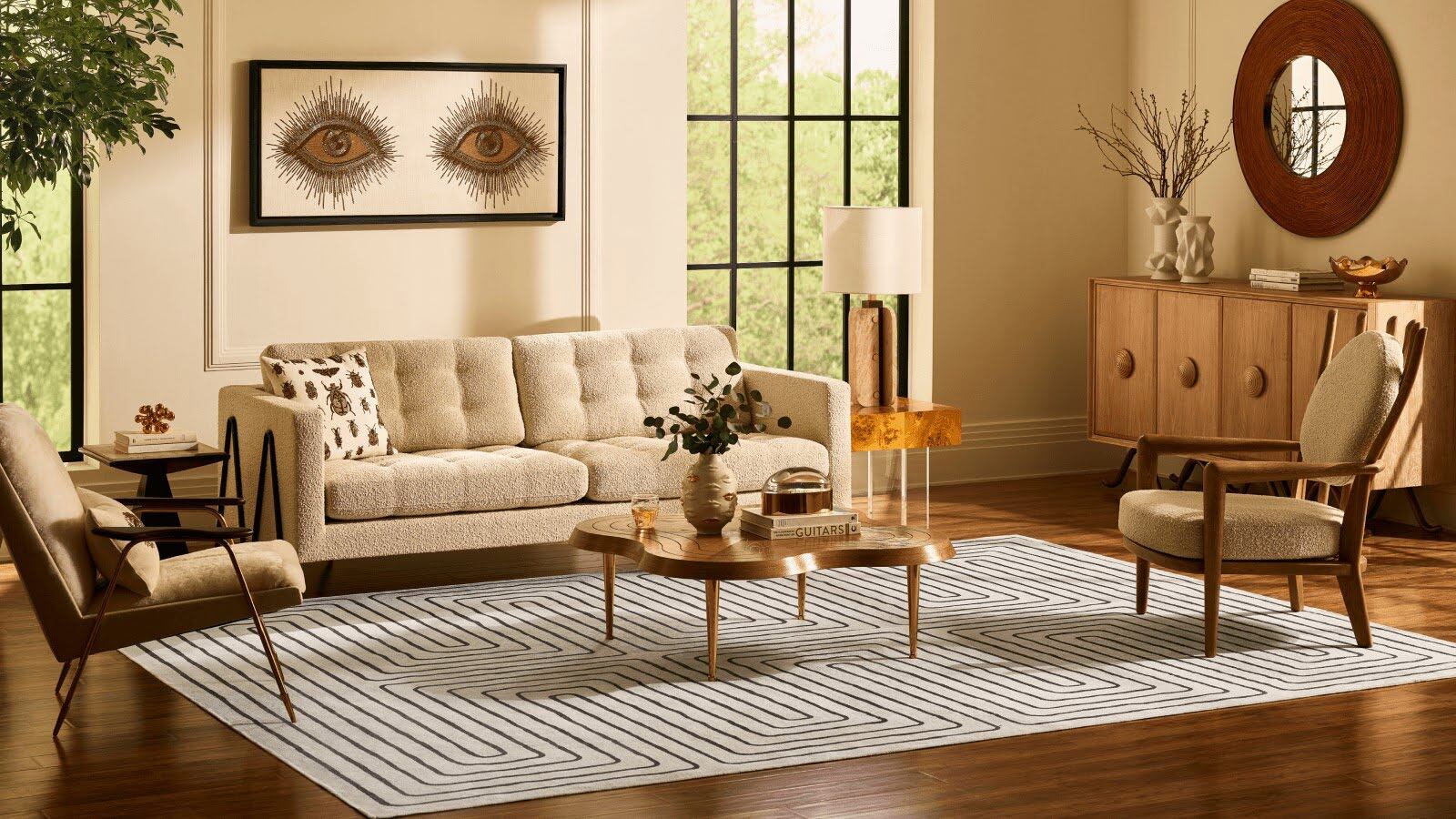

Articles
How To Choose A Carpet For Living Room
Modified: August 23, 2024
Looking for articles on how to choose a carpet for your living room? Discover expert tips and advice to help you find the perfect carpet for your home.
(Many of the links in this article redirect to a specific reviewed product. Your purchase of these products through affiliate links helps to generate commission for Storables.com, at no extra cost. Learn more)
Introduction
Choosing the right carpet for your living room can significantly impact the overall look and feel of your space. Whether you want to create a cozy and inviting atmosphere or add a pop of color and texture to your room, the right carpet can help you achieve your desired aesthetic. However, with so many options available, selecting the perfect carpet can be a daunting task. In this article, we will discuss the factors you should consider when choosing a carpet for your living room.
When it comes to selecting a carpet, it’s important to consider factors such as size, style, material, durability, maintenance, and budget. Each of these aspects plays a crucial role in ensuring that your carpet not only complements the existing décor but also meets your practical needs. By carefully evaluating these factors, you will be able to find a carpet that not only enhances the visual appeal of your living room but also provides comfort and functionality.
In the following sections, we will delve into each of these factors in detail, providing you with valuable insights to guide you through the decision-making process.
Key Takeaways:
- When choosing a carpet for your living room, consider factors such as size, style, material, durability, maintenance, and budget to make an informed decision that enhances your space’s aesthetic appeal and practical functionality.
- Take your time to explore different options and prioritize factors like durability and long-term value when selecting a carpet. A well-chosen carpet can transform your living room into a welcoming and stylish space for years to come.
Read more: How To Choose Living Room Furniture
Factors to Consider
When choosing a carpet for your living room, it’s important to consider a variety of factors to ensure that you make an informed decision. Let’s explore the key factors you should take into account:
- Size of the Room: The size of your living room will play a crucial role in determining the size of the carpet you need. Consider the dimensions of your room and decide whether you want the carpet to cover the entire space or just a specific area.
- Style and Design: The style and design of the carpet should harmonize with the overall theme of your living room. Decide whether you want a traditional, contemporary, or eclectic design. Consider patterns, colors, and textures that will complement your existing furniture and decor.
- Material: The material of the carpet will impact its durability, comfort, and maintenance. Popular carpet materials include wool, nylon, polyester, and polypropylene. Each material has its own advantages and considerations, so research and choose a material that suits your lifestyle and preferences.
- Durability: The durability of the carpet is important, especially in high-traffic areas like the living room. Look for carpets with high-quality fibers and a tight weave that can withstand daily wear and tear. Additionally, consider factors like stain resistance and fade resistance.
- Maintenance and Cleaning: Consider how much time and effort you are willing to invest in carpet maintenance. Some carpets require regular vacuuming and occasional professional cleaning, while others are easier to clean and maintain. Factor in any specific cleaning requirements based on your lifestyle, pets, and family members.
- Budget: Set a budget for your carpet and stick to it. Carpets come in a wide range of prices, so it’s important to determine how much you are willing to spend. Remember to consider the long-term value and quality of the carpet, as a higher initial investment may save you money in the long run.
By considering these factors, you will be able to narrow down your options and select a carpet that meets your specific requirements and preferences. Remember to take your time and explore different options before making a final decision. A well-chosen carpet will not only enhance the aesthetics of your living room but also provide comfort and enjoyment for years to come.
Size of the Room
The size of your living room is a crucial factor to consider when choosing a carpet. It will determine the amount of carpeting needed and how it will fit into the space. Here are a few things to keep in mind:
Dimensions: Measure your living room accurately to determine the dimensions of the carpet needed. Consider whether you want the carpet to cover the entire floor or just a specific area. Keep in mind that an oversized carpet can make a small room feel cramped, while a small carpet in a large room may look out of place.
Layout: Consider the layout of your living room, including the placement of furniture, doors, and windows. If you have a large open floor plan, you may want to consider using multiple smaller carpets to define different seating areas. Alternatively, if you have a compact living room, a single well-fitted carpet can create a unified and spacious look.
Proportions: Ensure that the proportions of the carpet are in harmony with the room. A general rule of thumb is to leave at least 18 inches of bare floor exposed around the edges of the room. This helps create a visual balance and prevents the carpet from overwhelming the space.
Shape: Choose a carpet shape that complements the shape of your living room. Rectangular carpets are the most common choice, as they work well with most room layouts. However, if you have a round or irregularly shaped living room, consider opting for a custom-sized or shaped carpet to optimize the visual appeal.
Taking the size of your living room into consideration will help you select a carpet that fits perfectly, enhances the aesthetic appeal, and creates a harmonious balance in the space. It’s always a good idea to consult with a professional or utilize a room planner tool to visualize different carpet sizes and configurations before making a final decision.
Style and Design
The style and design of the carpet play a vital role in determining the overall look and feel of your living room. Here are some key points to consider when choosing the style and design of your carpet:
Theme and Decor: Take into account the existing theme and decor of your living room. Decide whether you want the carpet to blend in seamlessly with the surroundings or make a statement as a focal point. Consider the color palette, furniture style, and other decorative elements to ensure that the carpet complements the overall aesthetic.
Patterns and Colors: Choose a pattern and color that aligns with your personal style and preferences. Patterns can range from subtle geometric designs to bold floral motifs and everything in between. If your living room has neutral-colored walls and furniture, a vibrant patterned carpet can add visual interest. Alternatively, if your room is already visually busy, a solid-colored carpet can provide a more understated and balanced look.
Texture: Consider the texture of the carpet and how it will feel underfoot. Plush carpets with a thick pile are more luxurious and provide a cozy, comfortable feel. On the other hand, looped or low-pile carpets have a more modern and sleek appearance, and are easier to maintain. Experiment with different textures to find the one that suits your aesthetic preferences and practical needs.
Theme and Era: If you have a specific theme or era in mind, such as a retro or vintage-inspired living room, look for carpets that complement that style. For example, a shaggy carpet can add a touch of nostalgia to a 70s-inspired space, while a Persian or Oriental rug can enhance the elegance and charm of a traditional decor scheme.
Contrast or Coordination: Decide whether you want the carpet to contrast with the furniture and decor or coordinate with them. A contrasting carpet can create a visually striking look, while a coordinating carpet can provide a harmonious and cohesive feel. Explore different color and pattern combinations to find the perfect balance for your living room.
By carefully considering the style and design of the carpet, you can create a living room that reflects your personal taste and creates a welcoming and visually appealing space. Remember to also take into account the practical aspects such as maintenance and durability, as you want the carpet to not only look good but also withstand everyday wear and tear.
Material
The choice of carpet material is an important consideration when selecting a carpet for your living room. Different materials offer varying levels of durability, comfort, and aesthetics. Here are some common carpet materials to consider:
Wool: Wool is a natural fiber known for its softness and luxurious feel. It is resilient, durable, and naturally stain-resistant. Wool carpets offer excellent insulation and help improve indoor air quality by absorbing allergens. While wool carpets tend to be more expensive, they provide a long-lasting and high-quality option.
Nylon: Nylon is a synthetic fiber that is highly durable and resistant to wear and tear. It is a popular choice for high-traffic areas such as living rooms. Nylon carpets are known for their excellent stain resistance and resilience. They come in a wide variety of colors and styles, making them a versatile option for any decor.
Polyester: Polyester is another synthetic fiber commonly used in carpets. It offers a soft and plush feel and is more affordable compared to wool or nylon. Polyester carpets are stain-resistant and fade-resistant, making them suitable for households with children and pets. However, they may not be as durable as nylon or wool carpets and may show signs of wear over time.
Polypropylene: Polypropylene, also known as olefin, is a synthetic fiber that is budget-friendly and highly resistant to stains. It is a practical choice for busy households or areas prone to spills. However, polypropylene carpets may not be as soft or luxurious as other materials and can be prone to fading when exposed to direct sunlight.
Blends: Some carpets are made from a blend of different materials, combining their individual advantages. For example, a wool/nylon blend offers the softness of wool with the durability of nylon. Blended carpets can provide a good balance between comfort, durability, and cost-effectiveness.
When choosing a carpet material, consider factors such as the level of foot traffic in your living room, the presence of pets or children, and your personal preferences. It’s also essential to understand the maintenance requirements of different materials and how they fit with your lifestyle. Consulting with a carpet professional or doing thorough research will help you make an informed decision based on your specific needs and budget.
When choosing a carpet for your living room, consider the level of foot traffic it will receive. Opt for a durable and stain-resistant material if you have kids or pets, and choose a color and pattern that complements your existing decor.
Read more: How To Choose A Painting For Living Room
Durability
Durability is a crucial factor to consider when choosing a carpet for your living room. The level of durability required will depend on factors such as the amount of foot traffic, the presence of children or pets, and the overall lifestyle in your household. Here are some key considerations when evaluating the durability of a carpet:
Fiber Quality: The quality of the carpet fiber is a primary determinant of its durability. Look for carpets made from high-quality fibers that are resistant to wear and tear. Wool and nylon are known for their excellent durability and resilience, making them suitable for high-traffic areas like the living room.
Twist and Pile Density: The twist level and pile density of the carpet impact its ability to maintain its shape and appearance over time. A tighter twist and higher pile density generally indicate better durability. They result in a more resistant surface that is less likely to crush and show signs of wear under heavy use.
Stain Resistance: Consider the stain resistance properties of the carpet. Some carpets are treated with stain-resistant coatings or have inherent stain resistance, making them easier to clean and maintain. This is especially important if you have children or pets that may cause spills or accidents in the living room.
Fade Resistance: If your living room receives a lot of direct sunlight, fade resistance is an essential factor to consider. Look for carpets that are fade-resistant to prevent the colors from fading and the carpet losing its vibrancy over time. This is particularly important for carpets with bright or bold colors.
Padding: The quality and thickness of the carpet padding can also contribute to its durability. Good padding provides cushioning and support, reducing the impact on the carpet fibers and extending its lifespan. It also helps absorb sound and adds insulation to the floor.
Manufacturer Warranty: Check the warranty offered by the carpet manufacturer. A longer warranty period generally indicates a higher level of confidence in the product’s durability. Be sure to understand the terms and conditions of the warranty, including any required maintenance or cleaning procedures.
By considering these factors, you can choose a carpet that is durable enough to withstand regular use and maintain its appearance over time. Remember that carpets in high-traffic areas like the living room may require more frequent cleaning and maintenance to preserve their durability and extend their lifespan. Regular vacuuming and professional cleaning can help keep your carpet looking fresh and ensure its long-term durability.
Maintenance and Cleaning
Maintenance and cleaning requirements are important considerations when choosing a carpet for your living room. Different carpets require varying levels of care and upkeep. Here are some factors to keep in mind:
Vacuuming: Regular vacuuming is essential for keeping your carpet clean and free of dirt and debris. Consider the thickness and density of the carpet pile when selecting a vacuum cleaner. Carpets with deep pile may require a more powerful vacuum to ensure effective cleaning.
Professional Cleaning: Depending on the type of carpet and your lifestyle, periodic professional cleaning may be necessary to keep your carpet in good condition. Professional cleaners use specialized equipment and cleaning solutions to remove deep-seated dirt and stains. Check the manufacturer’s recommendations for the frequency of professional cleaning.
Stain Resistance: Look for carpets with built-in stain resistance or choose stain-resistant treatments for added protection. This will make spills easier to clean and reduce the risk of permanent staining. Act quickly to blot and remove any spills or stains as soon as they occur.
Care Instructions: Familiarize yourself with the care instructions provided by the carpet manufacturer. Follow the recommended cleaning methods, products, and techniques to avoid damaging the carpet fibers or voiding the warranty. Some carpets may require specialized cleaning products or methods to maintain their appearance and longevity.
Preventing Damage: Take preventive measures to protect your carpet from damage. Use area rugs or runners in high-traffic areas to reduce wear and tear. Place doormats at entrances to trap dirt and prevent it from being tracked onto the carpet. Avoid dragging heavy furniture across the carpet, as this can cause permanent indentations and damage the fibers.
Spot Cleaning: Promptly attend to any spills or stains to prevent them from setting into the carpet. Blot the area with a clean cloth or paper towel to absorb the liquid. Avoid rubbing, as it can spread the stain. Use appropriate spot cleaners recommended for your carpet type to treat specific stains.
Dealing with Pet Hair: If you have pets, consider carpets that are resistant to pet hair and easier to clean. Regularly groom your pets to reduce shedding and use a vacuum cleaner with pet hair attachments to remove any loose fur from the carpet fibers.
By understanding and following proper maintenance and cleaning practices, you can keep your carpet looking fresh and extend its lifespan. Regular care and attention will help preserve the appearance and performance of your living room carpet for years to come.
Budget
Your budget is an important factor to consider when choosing a carpet for your living room. Setting a budget helps you narrow down your options and find a carpet that not only meets your needs but also fits within your financial constraints. Here are some points to keep in mind when planning your carpet budget:
Cost Factors: The cost of a carpet can vary based on factors such as the material, quality, size, and brand. Natural fibers like wool tend to be more expensive than synthetic options like nylon or polyester. Additionally, carpets with higher pile density and superior durability may come at a higher price point.
Installation: Don’t forget to factor in the cost of installation. If you’re hiring professionals to install the carpet, the installation charges will add to your budget. Alternatively, if you’re confident in your DIY skills, you may be able to save money by installing the carpet yourself.
Long-Term Value: Consider the long-term value of the carpet when establishing your budget. A higher-quality, more durable carpet may have a higher upfront cost but can provide better value over time. It may require fewer replacements and repairs, ultimately saving you money in the long run.
Comparison Shopping: Take the time to shop around and compare prices from different retailers and suppliers. Look for sales, promotions, or discounts that can help you get a better price without compromising on quality. Don’t be afraid to negotiate or ask for a better deal.
Consider Other Expenses: Remember to factor in any additional expenses related to the carpet, such as underlay, padding, or accessories. These may be necessary for proper installation or to enhance the comfort and durability of the carpet.
Affordability vs. Quality: While it’s important to stick to your budget, try to find a balance between affordability and quality. Avoid compromising on important factors like durability or maintenance requirements solely to save money. Consider the long-term implications and choose a carpet that offers the best combination of affordability and quality within your budget.
Investment Mindset: Think of your carpet as an investment in your home. A well-chosen carpet can enhance the overall value and aesthetics of your living room. Allocating a reasonable budget will help you make a thoughtful choice that aligns with your lifestyle, preferences, and the overall design vision for your space.
By establishing a budget and being mindful of your financial limitations, you can find a carpet that meets your needs without breaking the bank. Be sure to prioritize the factors that are most important to you and explore different options within your budget range to find the perfect carpet for your living room.
Conclusion
Choosing the right carpet for your living room is a significant decision that can have a lasting impact on the overall look and feel of your space. By considering factors such as size, style, material, durability, maintenance, and budget, you can make an informed decision that meets your aesthetic preferences and practical needs.
When selecting a carpet, be sure to assess the size of your living room and determine the appropriate dimensions and shape that best fit the space. Consider the style and design of the carpet, ensuring it harmonizes with your existing decor and furniture. The choice of material is crucial, with options ranging from wool and nylon to polyester and polypropylene, each offering unique qualities in terms of durability, comfort, and maintenance.
Ensure that the carpet you choose is built to withstand the demands of your living room, taking into account factors such as foot traffic, stain resistance, and fade resistance. Additionally, consider the level of maintenance and cleaning required to keep your carpet looking pristine, as well as any budgetary considerations that may influence your decision.
In conclusion, take your time and explore different options in order to select a carpet that not only enhances the visual appeal of your living room but also provides comfort, durability, and long-term value. By considering the factors discussed in this article, you can make an informed choice that transforms your living room into a welcoming and stylish space you can enjoy for years to come.
Frequently Asked Questions about How To Choose A Carpet For Living Room
Was this page helpful?
At Storables.com, we guarantee accurate and reliable information. Our content, validated by Expert Board Contributors, is crafted following stringent Editorial Policies. We're committed to providing you with well-researched, expert-backed insights for all your informational needs.
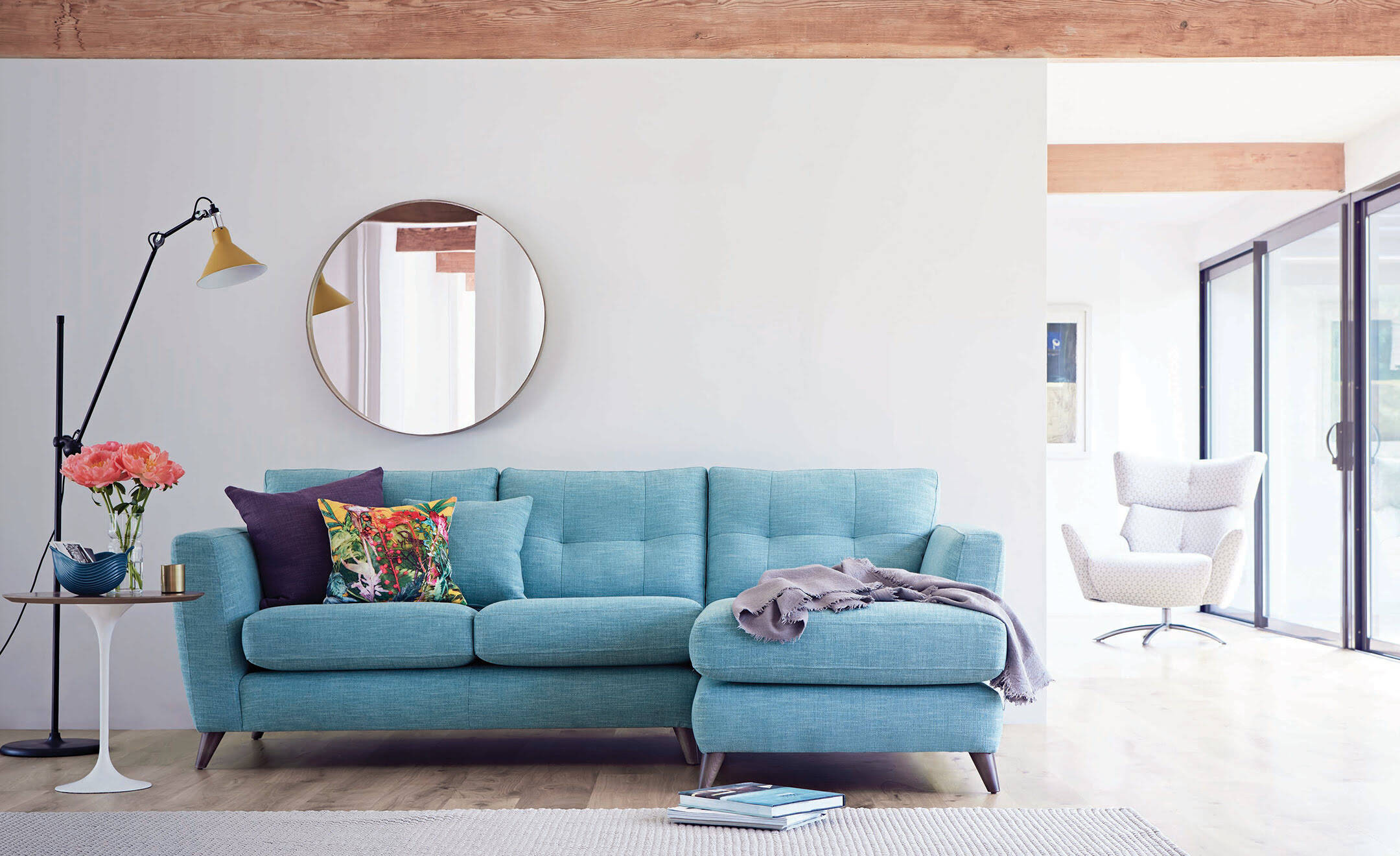
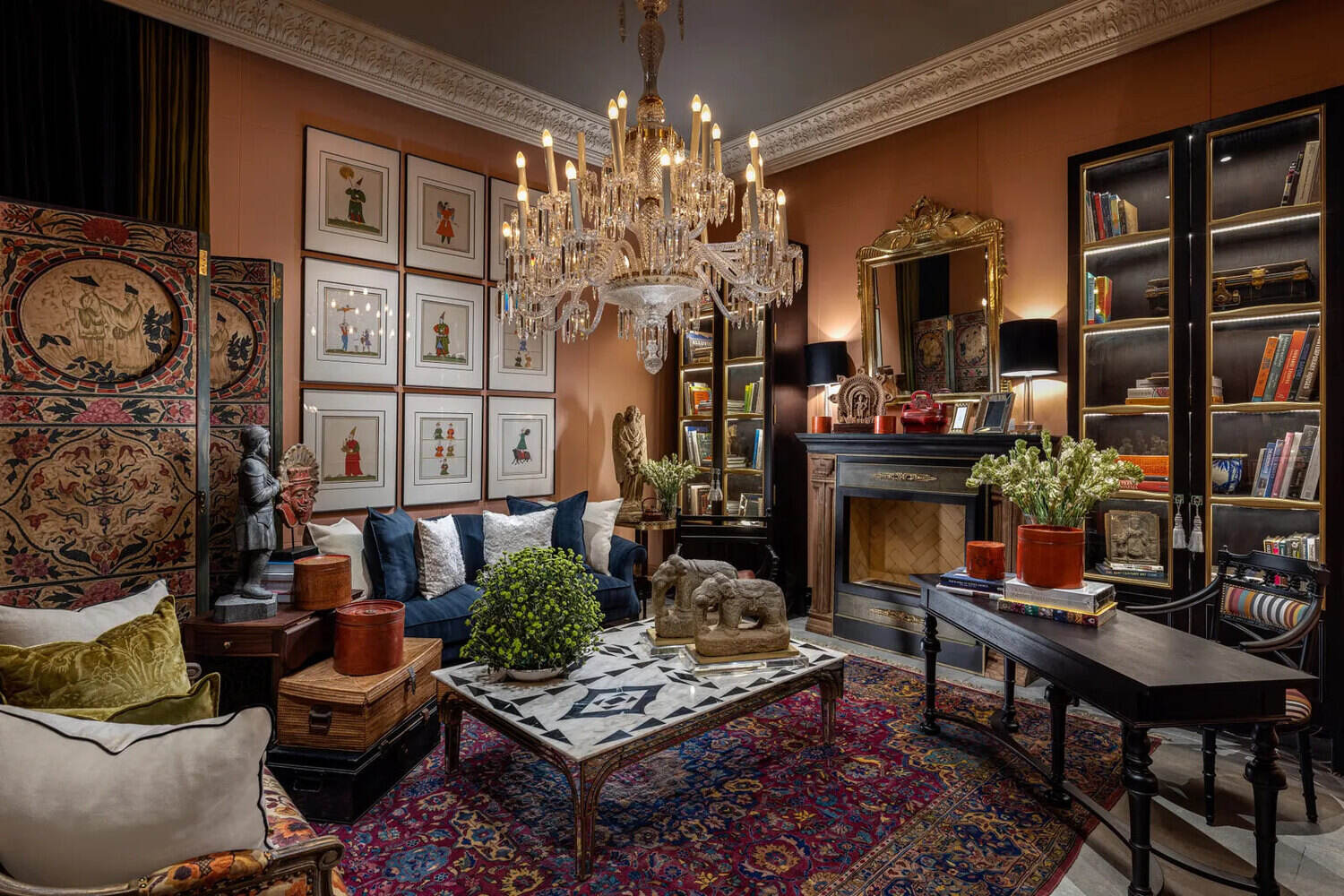
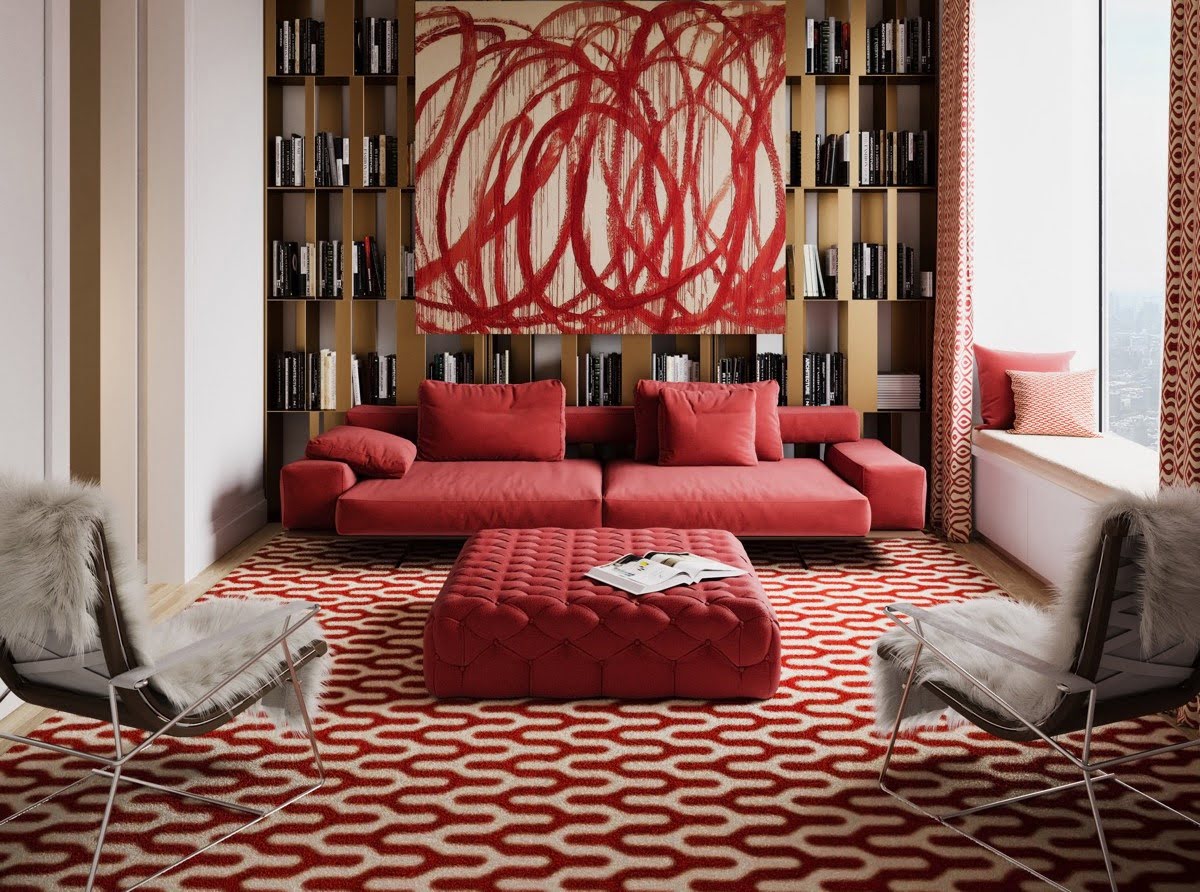
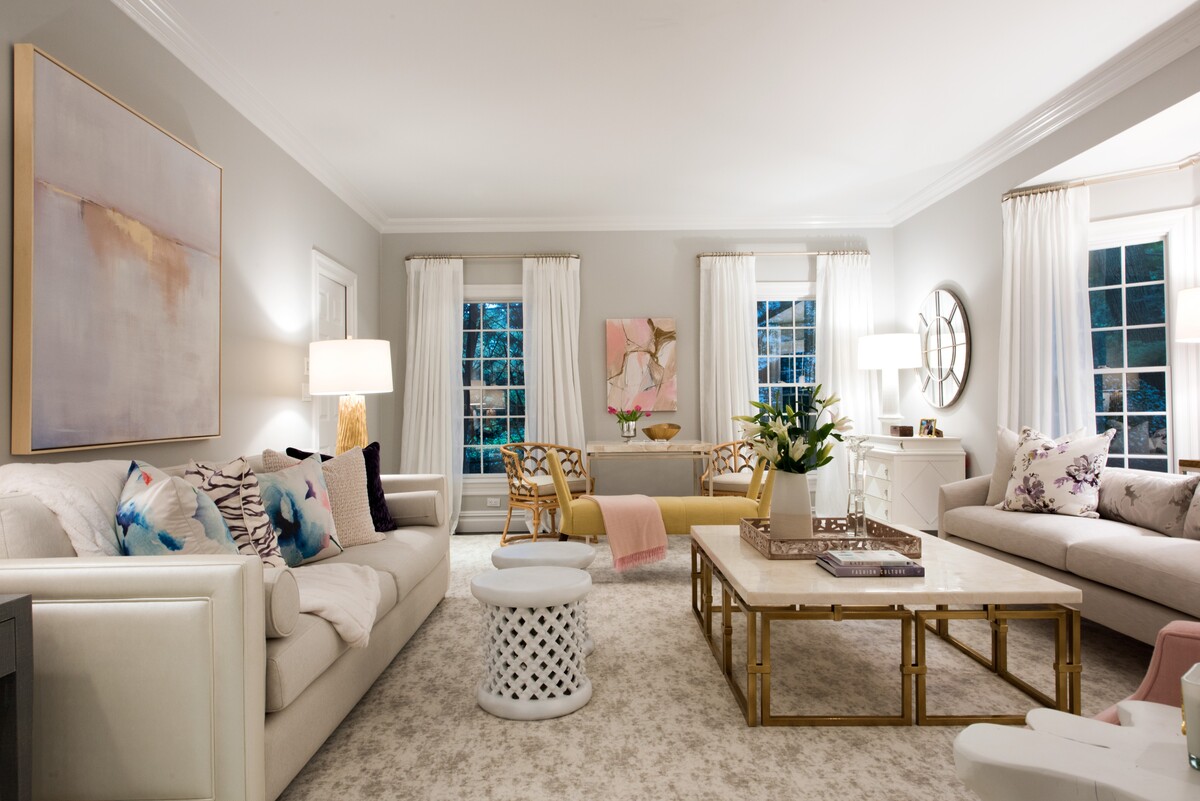
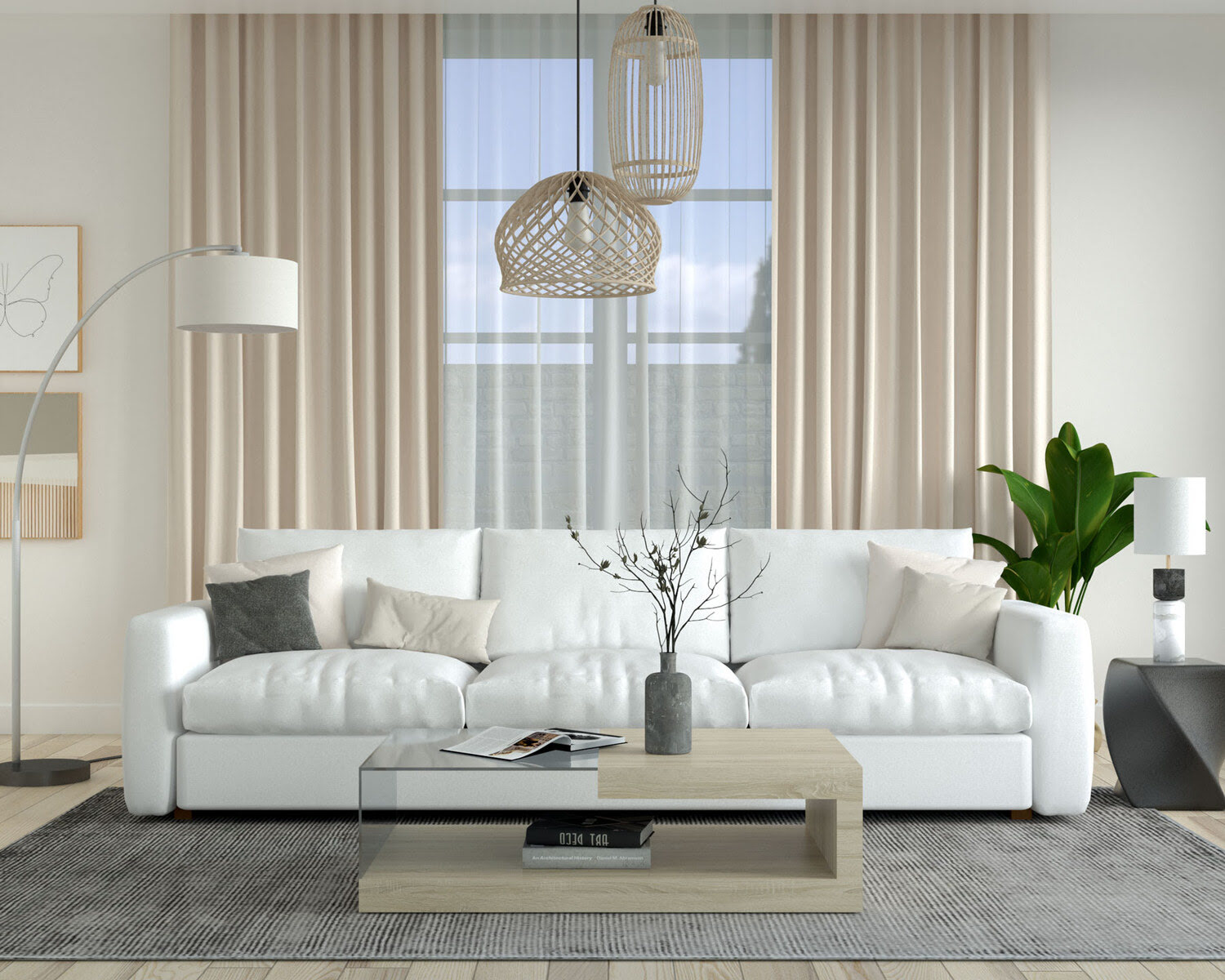
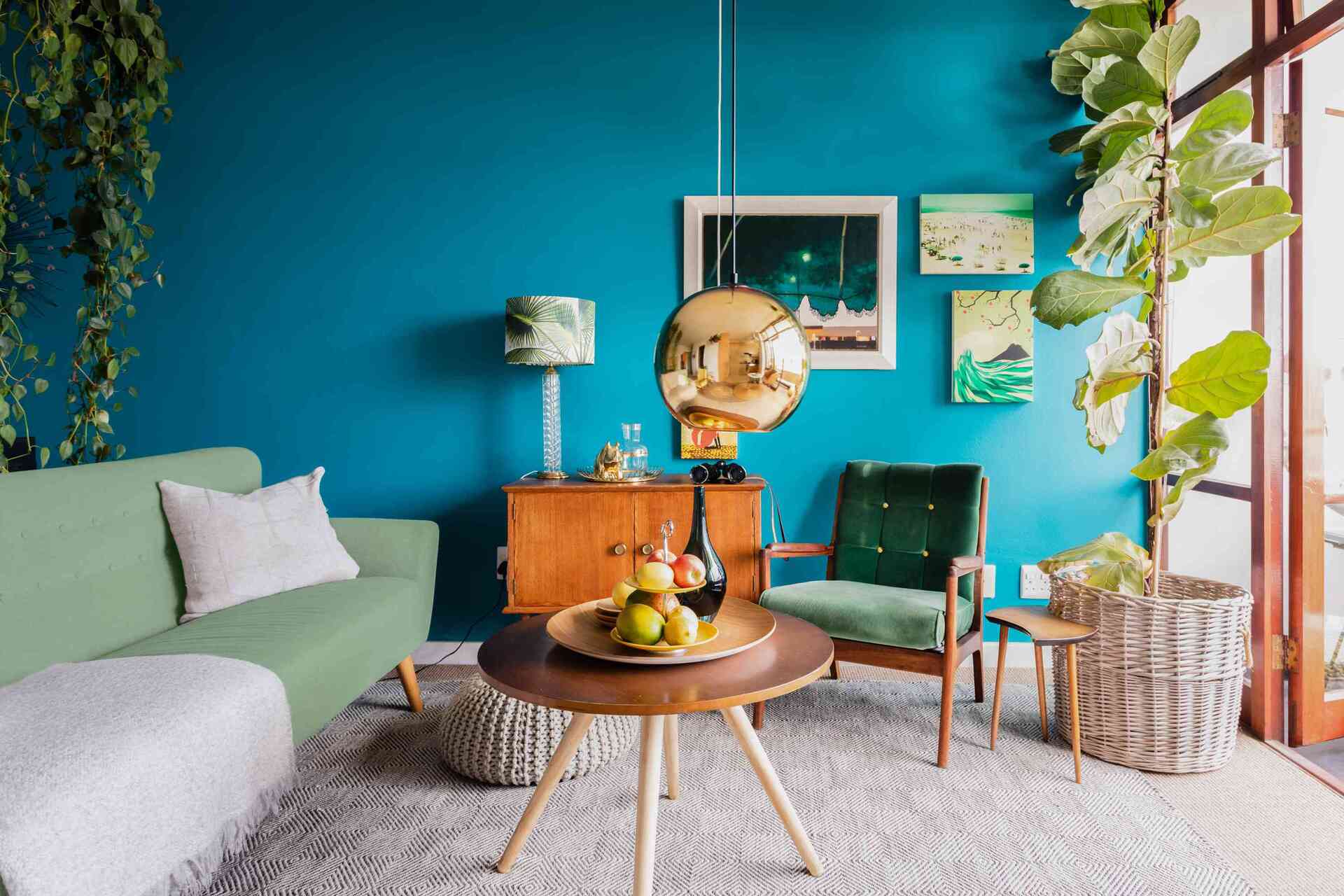
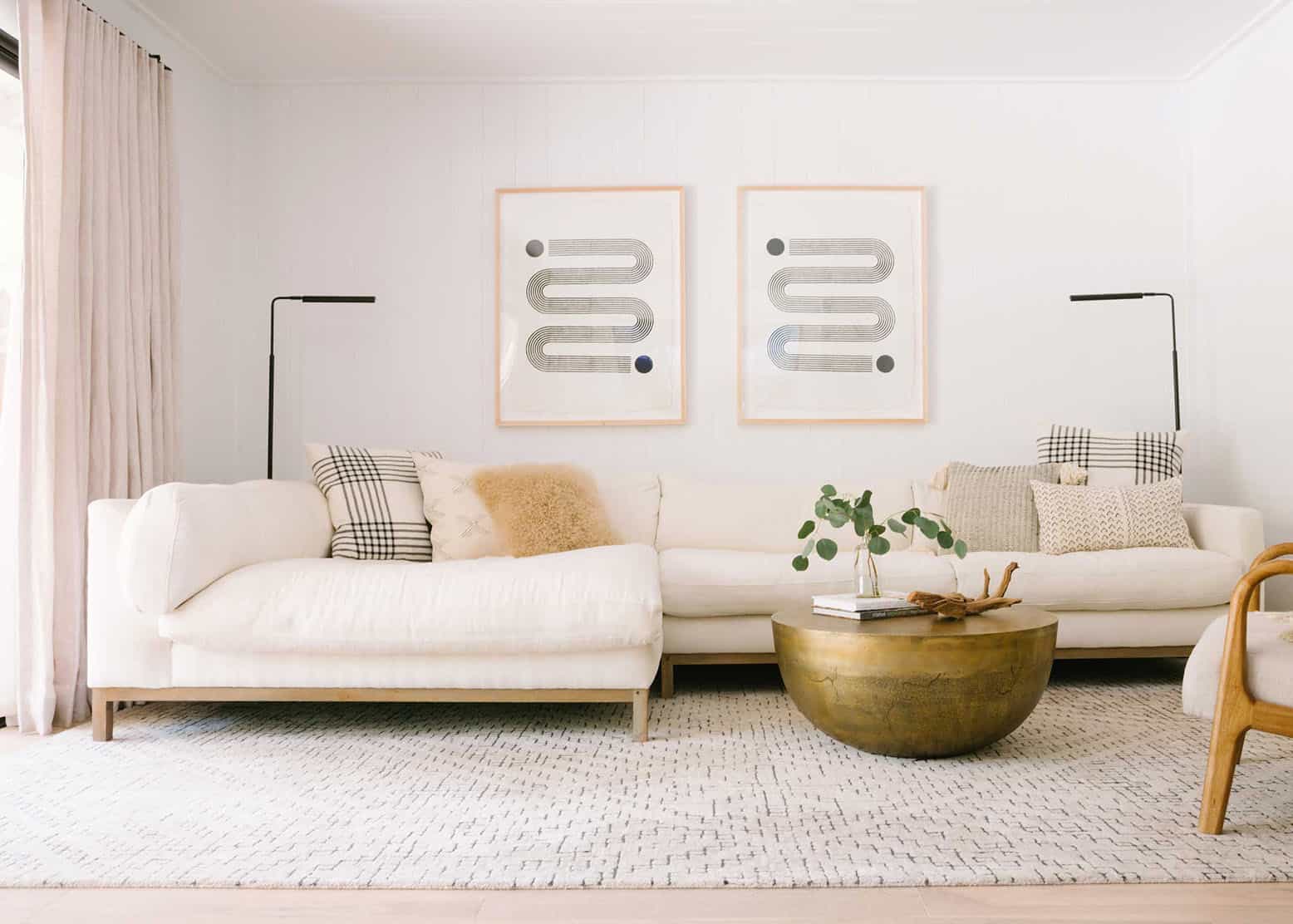
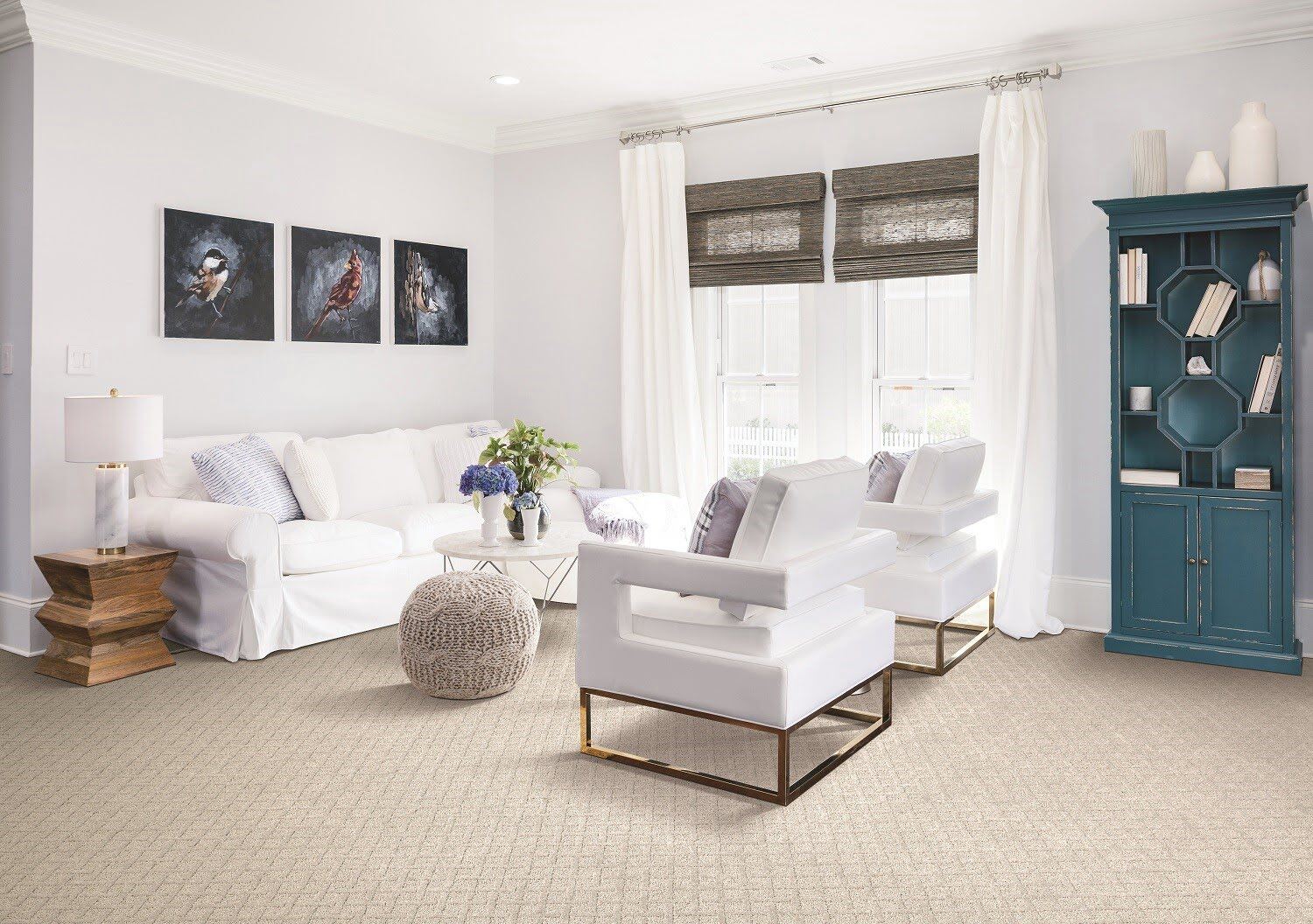
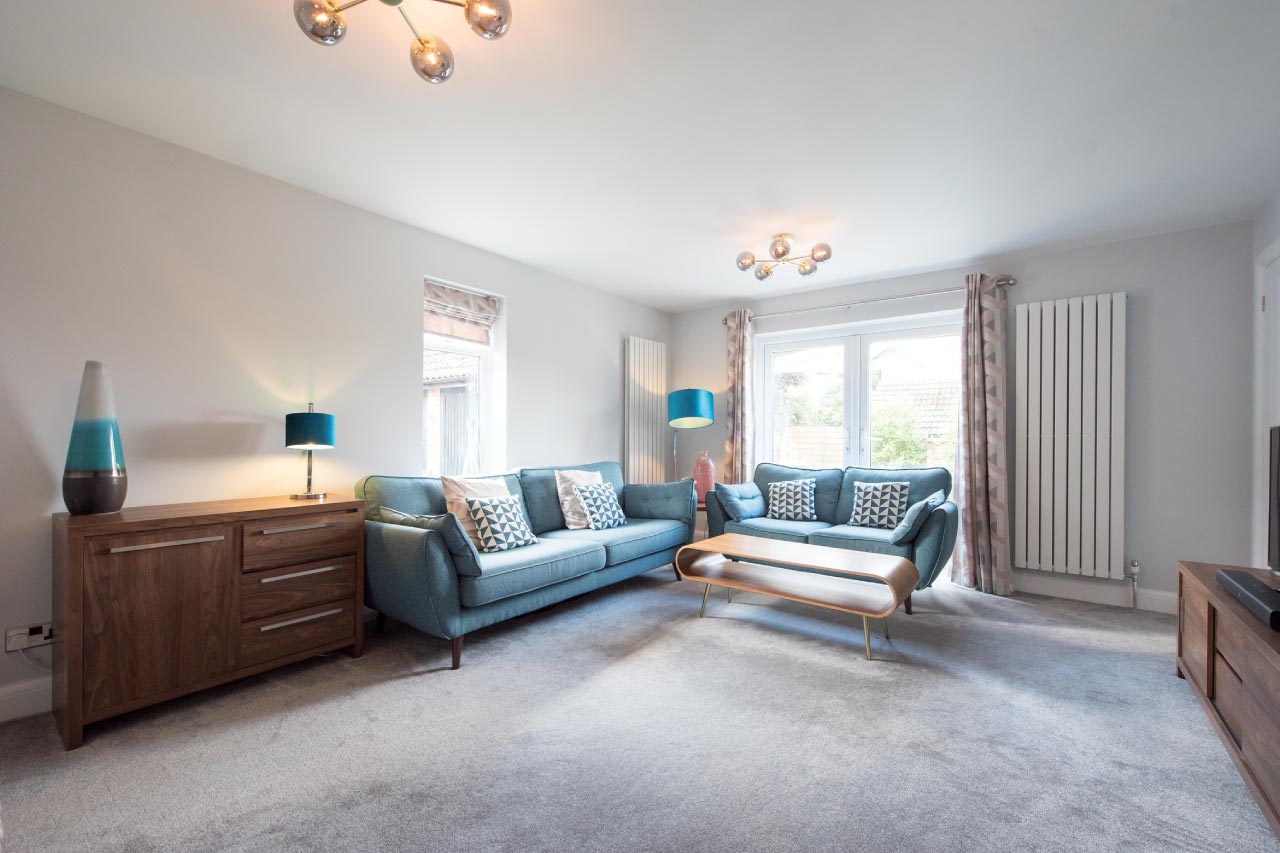

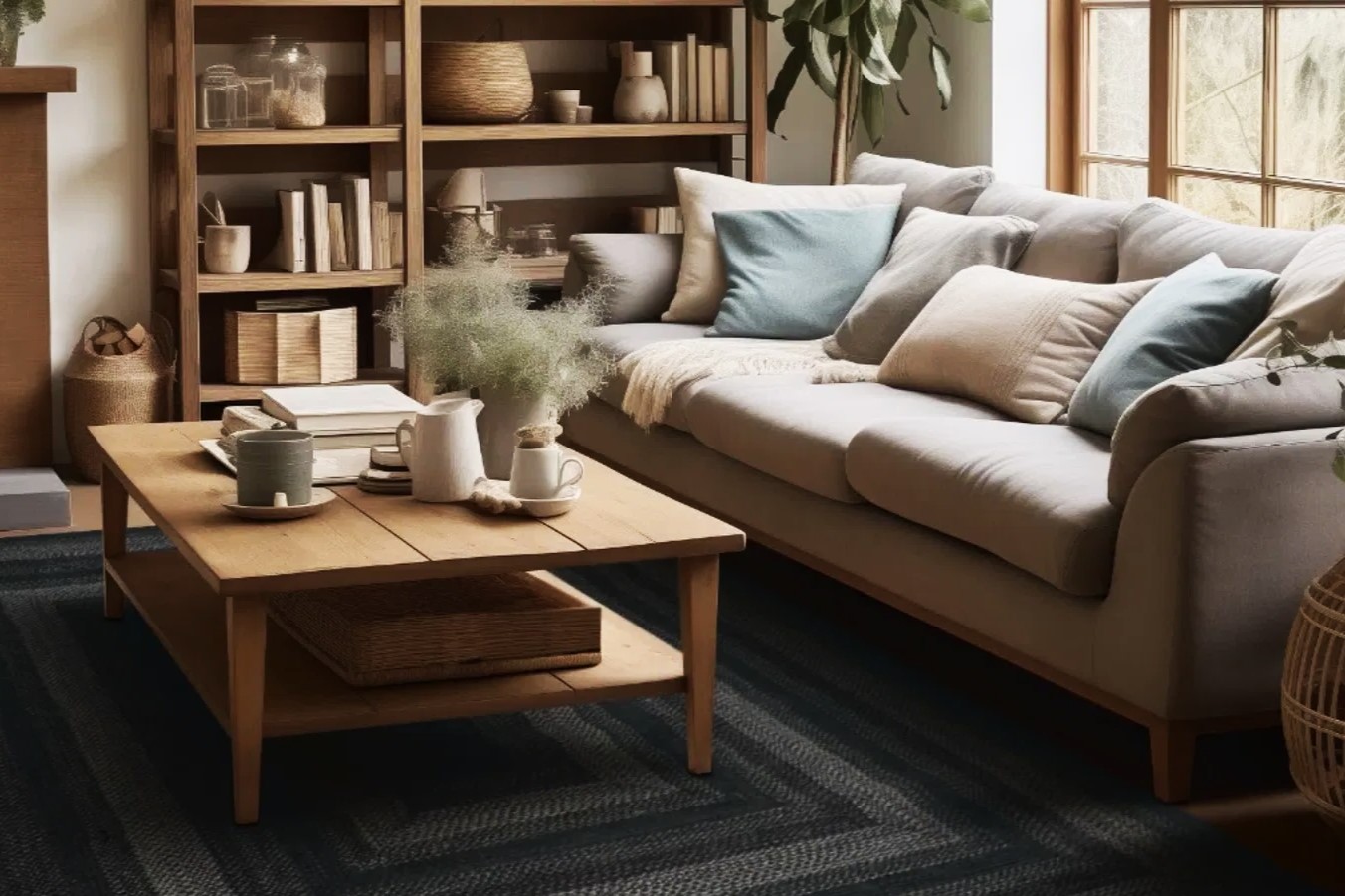
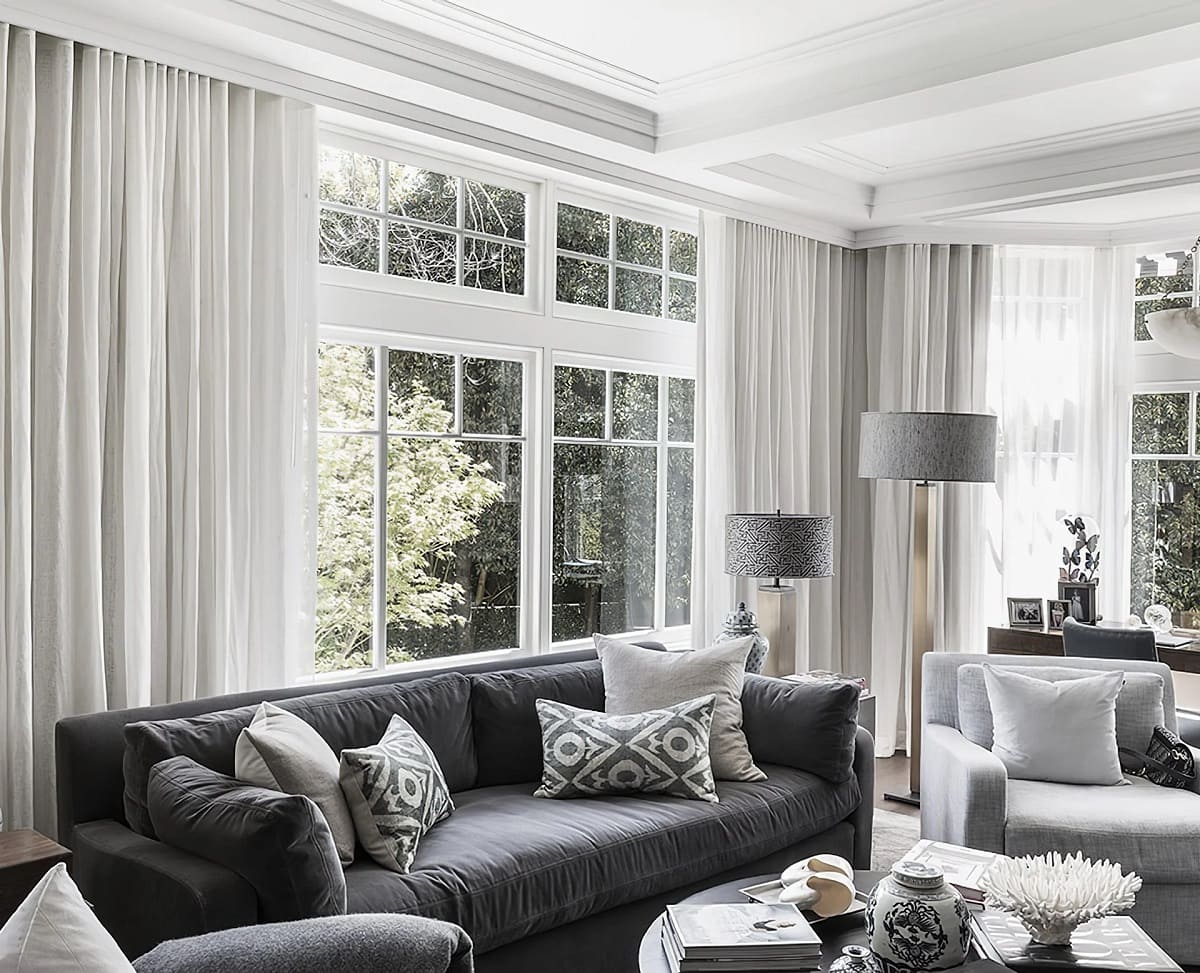
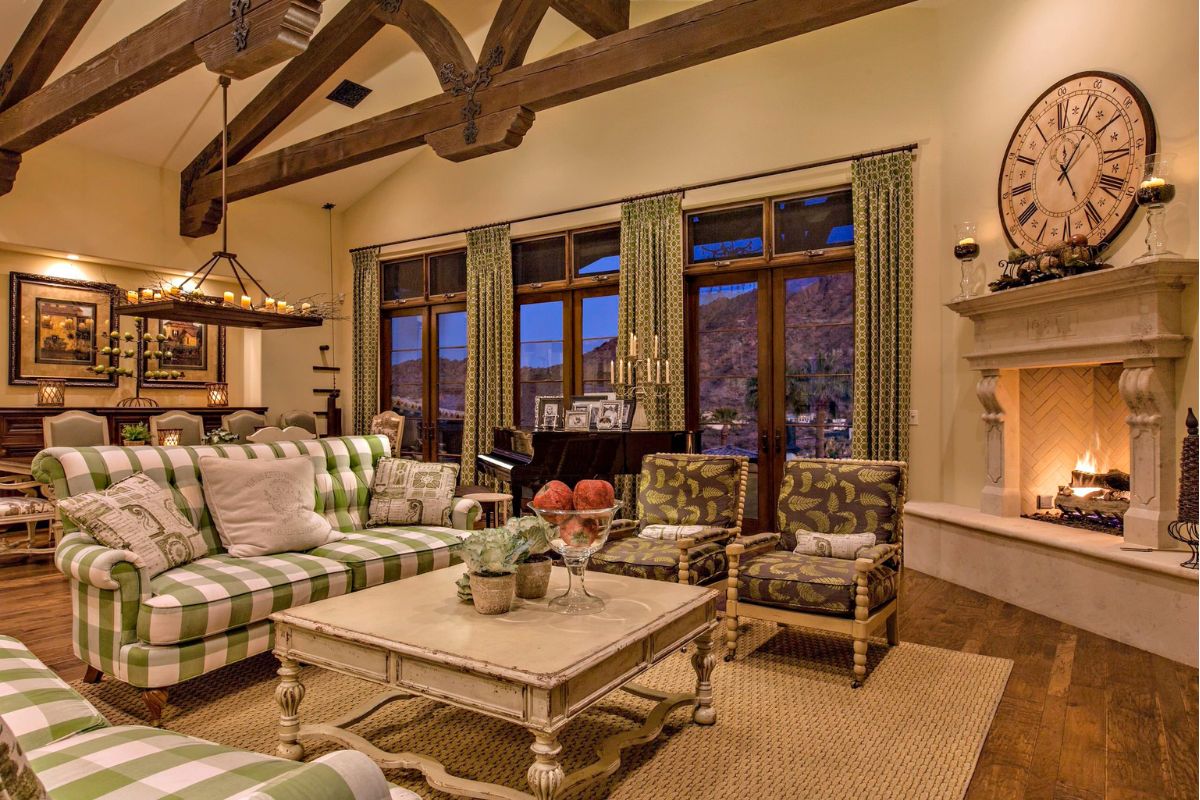
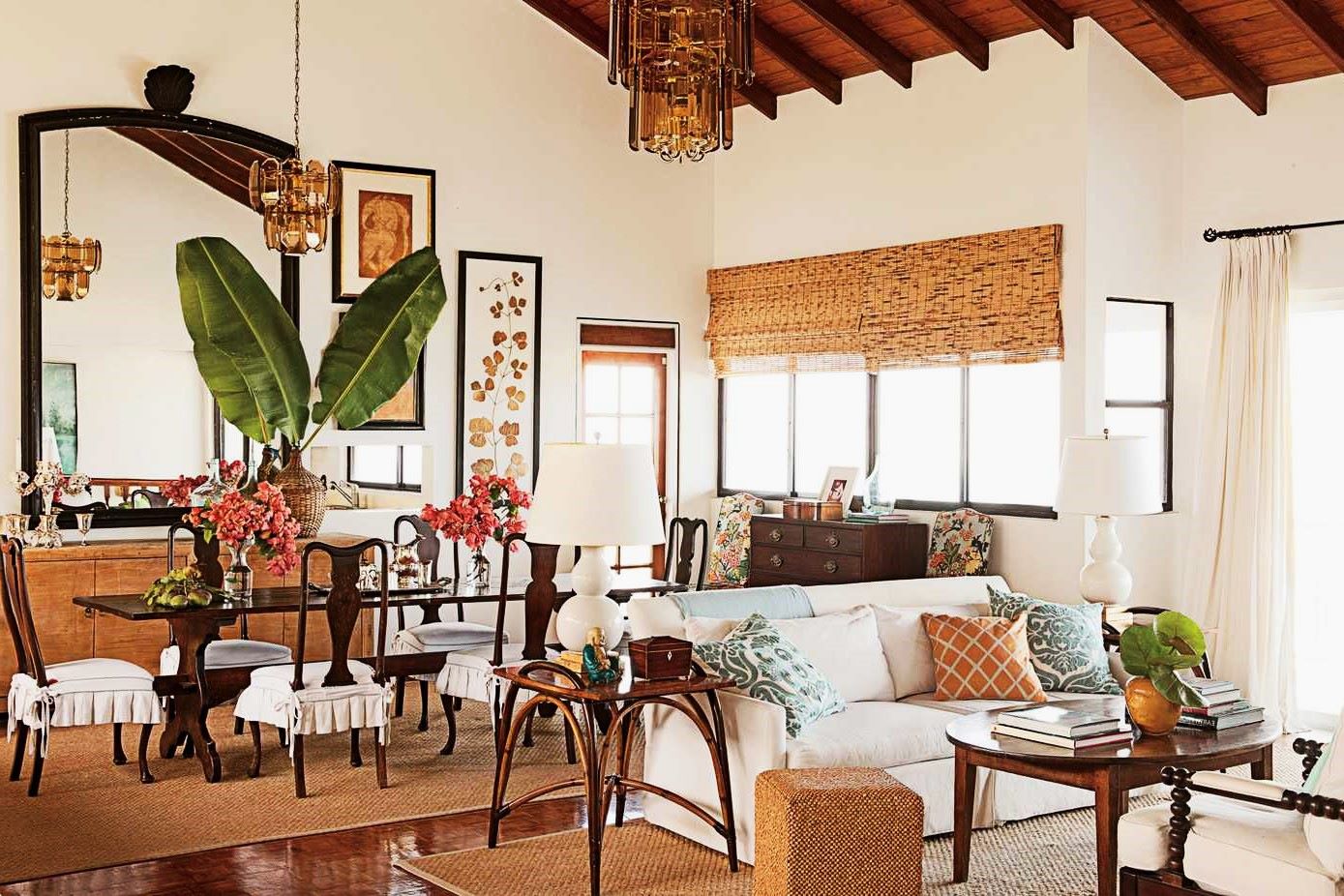

0 thoughts on “How To Choose A Carpet For Living Room”